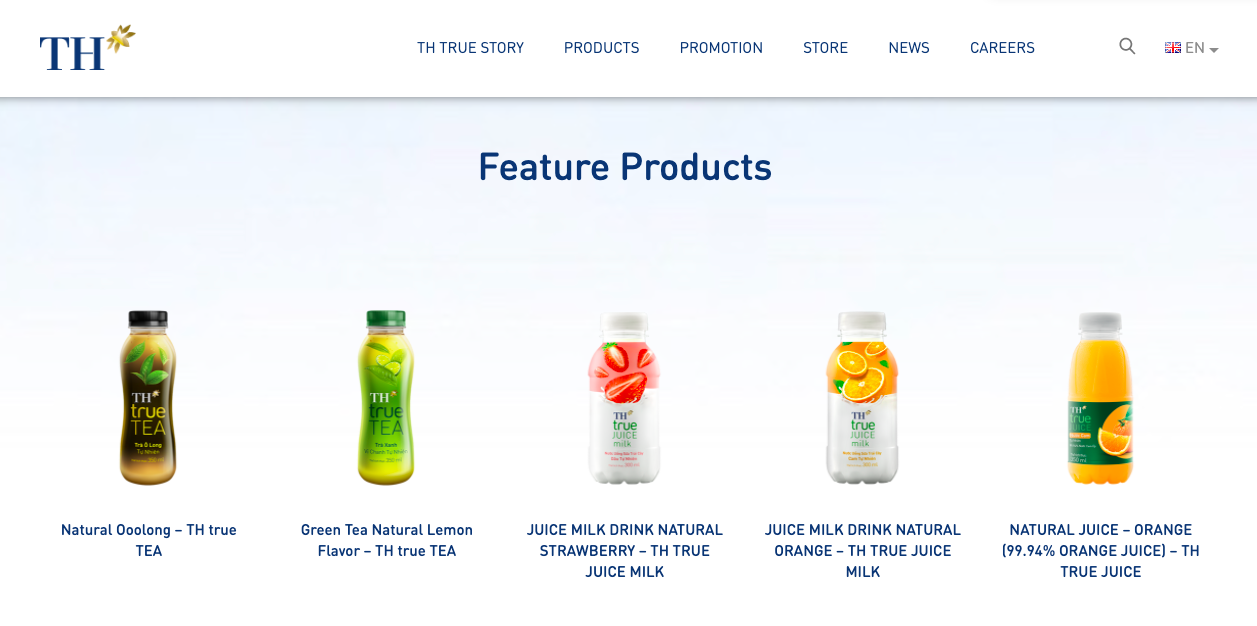Why are brands spending more in online advertising?
People are spending more time online, especially on mobile devices
According to Tech Jury, an average user spent 2 hours and 24 minutes per day on social media in 2020. 50.1% of the time spent on mobile was done using social media apps in 2020. Facebook is the most popular, costing people an average of 2 hours and 24 minutes each day. Youtube takes an average of 40 minutes per day. Other people like John Koetsier wrote on Forbes his wife spends 7 hours a day on the phone…
The trend is global and the consumer behavior has changed. From young teenagers to boomers, you can reach all the demographics online because that’s where they’re spending their time today.
The audience precision and reach level is unprecedented
As a global brand, you usually would traditionally assign to each market a budget where their job will be to reach the designed target audience and buy some media wherever there’s a fit for cost and reach. The process is tedious and the work on identifying, negotiating and buying is sometimes taking weeks if not months.
The process to buy media online is much more cost effective. Some platforms can provide a global reach with laser precision. When you look at some platforms such as Facebook, their 3 billion users are enabling advertisers to reach the world ( except China ) with a well defined target audience ( let’s say female, age between 18 to 24, owning an iOS device and some interest in Justin Bieber… ). The approach is way different from let’s billboard advertising where the location of the billboard will be set and the reach will be hopefully good but there’s on precision in targeting the people so you’ll usually on assumptions.
Reaching that many people in a precise way is not something that offline advertising can provide. Bottom line, online advertising made reach and precision easier to approach ( assuming you’ve properly defined your target audience ).
Creatives effectiveness can be measured real time
Another thing that makes online advertising more attractive is the analytics that is put behind each campaign for each creative. Advertisers are able to look at the performance of each creative and changed them quickly based on what’s working or not. Even better, the system from these platforms usually help to optimize the cost real time so each creative bringing the desired outcome ( cost or reach ) is being more exposed automatically.
In the past, a lot of time was allocated for a creative to be prepared and the methodology to assess if it were good or not was human driven. A creative team would come up with some creatives, another team with the decision maker would approve it and one or a couple creatives would be selected to move forward. The approach is slower, riskier and costlier.
Bottom line, with online advertising you can use more creatives and change them on the go based on the market responses to manage your advertising budget more effectively.
A direct relationship can be built with the audience and nurtured over time
With offline advertising such as TV, brands would usually come and book some media for a slot during a set period of time so they can reach a target audience ( housewives across the nation, kids for example ). The process was well defined with the TV channels building some content people would watch and then brands would get a 30 seconds commercial 5 or more times per day based on their requirements. People would watch it and eventually over time buy the product or service from the brand.
Things have changed. People watch online and it’s easier to build content and get an audience where the brand is able to advertise and more importantly, build that direct relationship with the audience so they can better understand who’s watching, when they’re watching and what kind of content they’re watching. That gives better insights instead of relying on some assumptions set arbitrarily with a human approach.
Online advertising enables people as well to build services where brands can service directly the consumers instead of relying on a distribution channel. Many FMCG brands have started that already like TH Milk. As they’re collecting information from their customers to deliver, they’re able to map out and better look at the picture of the market.



